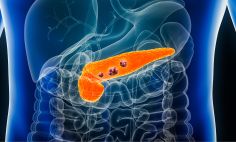While most people with COVID-19 recover completely, thousands of people who survived COVID-19 are still struggling to return to their baseline even months later. As a result, the National Institutes of Health (NIH) is funding research to study the longer term health effects of COVID-19, including the condition known as Long COVID.
What is Long COVID?
Long COVID is a range of symptoms that can last weeks or months after first being infected with the virus that causes COVID-19 or can appear weeks after infection.
What are the symptoms?
They can include fatigue, shortness of breath, difficulty thinking or concentrating (sometimes called brain fog), sleep disorders, fevers, gastrointestinal symptoms, anxiety, and depression. New symptoms may start well after the time of infection, and symptoms can change over time.
Who can get Long COVID?
Anyone who has had COVID-19 can get Long COVID, regardless of age or prior health conditions.
How long does it last?
Symptoms can last for weeks or months after first being infected and can range from mild to severe. Researchers are working to understand more about recovery from COVID-19.
How is it being studied?
In December 2020, Congress approved $1.15 billion in funding over four years for NIH to support research into Long COVID and other longer term health effects of COVID-19. In February 2021, NIH launched a new program to identify the risk factors and causes of Long COVID in order to help understand how it can be prevented or treated in the future.







